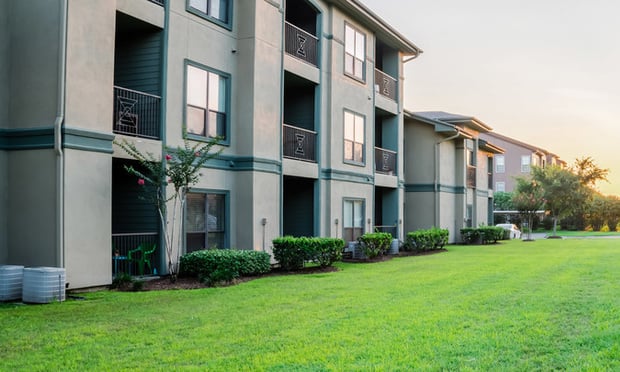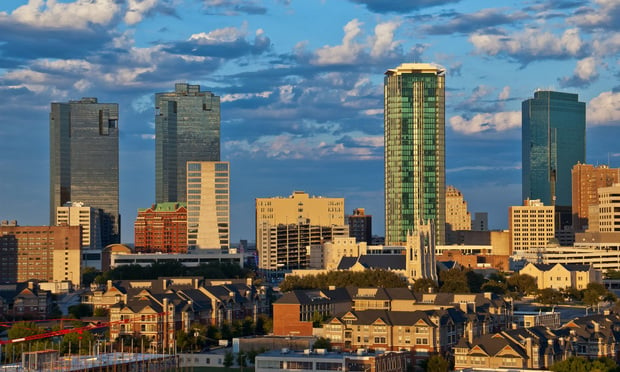The nationwide market watcher, based in Dallas, says job growth and interest rates have catapulted the multifamily industry into strong performers from coast to coast. Greg Willett, MPF's editorial director and 16-year analyst, says that 2000 has been a landlord's gold mine as rents and demand go up - a trend being bolstered by construction cuts in many parts of the southwestern US.
Austin's 98% occupancy makes it one of the strongest markets in the nation, Willett told GlobeSt.com. "There's a lot under construction and a lot to be completed, but the delivery's not been that much," he says of year 2000. Construction's up 11.3% over the prior year, but only 7,746 permits had been executed between November 1999 and October 2000. And while more will come to market this year, Willett says demand could fall short and cause a softening in rents in the state capital. Austin had experienced an 8% rent growth in 2000 while Dallas was slightly over 3% and Houston, slightly under 3%.
Dallas had 6,078 permits issued in 2000, a 56% drop from the previous year. Houston's total had dipped 35% and San Antonio, 30%. The third quarter in Denver had been marked by developers pulling permits for 3,364 units out of concern that a no-growth constitutional amendment would be passed by November voters. In third quarter 1999, there had been applications for 2,235 units in Denver, according to a report by Hendricks & Partners.
Dallas and Houston had started 2000 with a lot in the pipeline amid concern that the metropolises would end up overbuilt. That didn't play out, says Willett. "What we saw was that demand kept pace with the construction," he told GlobeSt.com. And year 2000 cutbacks in construction will drive up rents in 2001 in both markets.
This year, the big question is the economy, he says, siding with others who have expressed uncertainty about the nation's fiscal stability in the marketplace. "If the economy growth rate remains healthy, it points to considerable demand," he projects. Occupancy across the south is riding at 95.9%. While parts of the Dallas-Ft. Worth metroplex are boasting 97% occupancies, it's overall of 95.2% is the highest since 1979, according to MPF.
Houston has ended year 2000 with a 94% occupancy, down from 96.5% in 1999, William Forrest, president of Revac Inc., told GlobeSt.com. He sides with Willett in predicting that 2001 will "stay about the same." The Houston market, says Forrest, had added 12,000 units in year 2000, about half of what came to market in the previous year. "That's because they built too many," he says of year-end 1999's 24,000 units.
"For every six new jobs, one new apartment is needed." says Forrest, "and that's not what is being built." This year, Houston is expected to see 60,000 to 80,000 new jobs come on line.
Denver's overall occupancy is slightly above 97%. Nearly 1,000 more units had been absorbed - 3,879 - than in 1999. The region's lowest vacancy and highest rents are in Boulder County, home of the University of Colorado's main campus. The county had closed the year with a 1.5% vacancy in comparison to 3.8% a year ago, and an average monthly rental of $926, up $43.
Want to continue reading?
Become a Free ALM Digital Reader.
Once you are an ALM Digital Member, you’ll receive:
- Breaking commercial real estate news and analysis, on-site and via our newsletters and custom alerts
- Educational webcasts, white papers, and ebooks from industry thought leaders
- Critical coverage of the property casualty insurance and financial advisory markets on our other ALM sites, PropertyCasualty360 and ThinkAdvisor
Already have an account? Sign In Now
*May exclude premium content© 2024 ALM Global, LLC, All Rights Reserved. Request academic re-use from www.copyright.com. All other uses, submit a request to [email protected]. For more information visit Asset & Logo Licensing.








